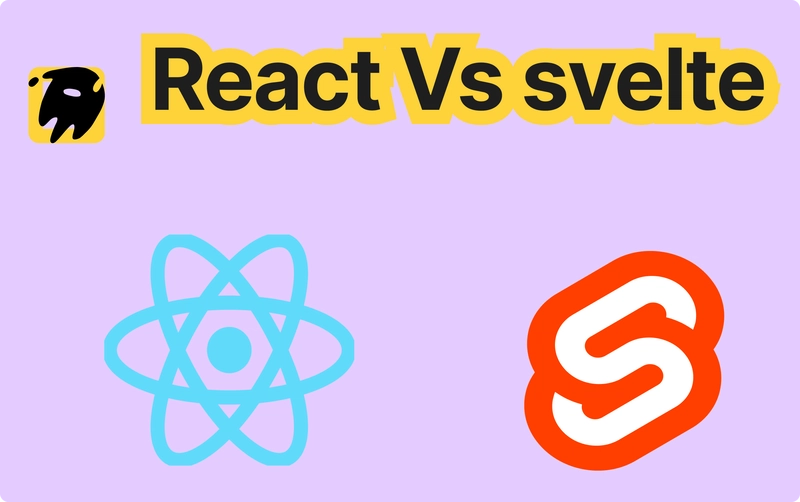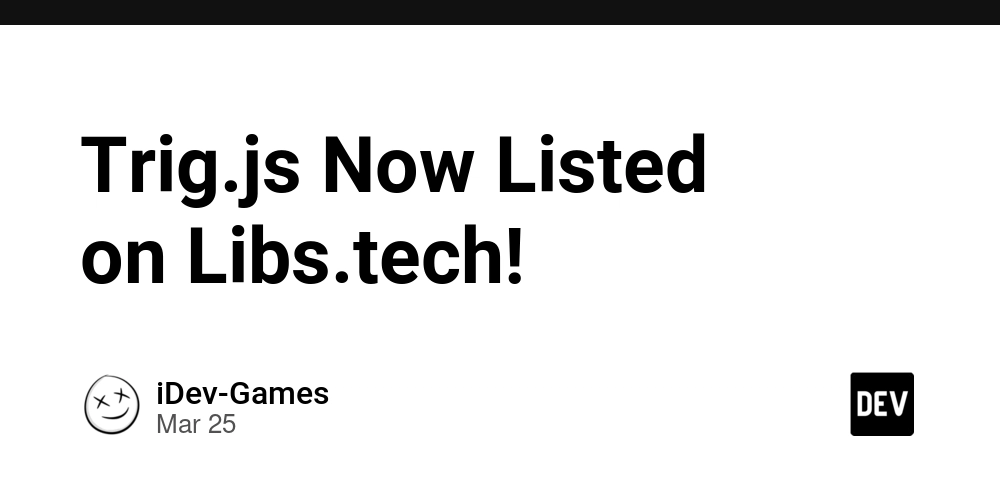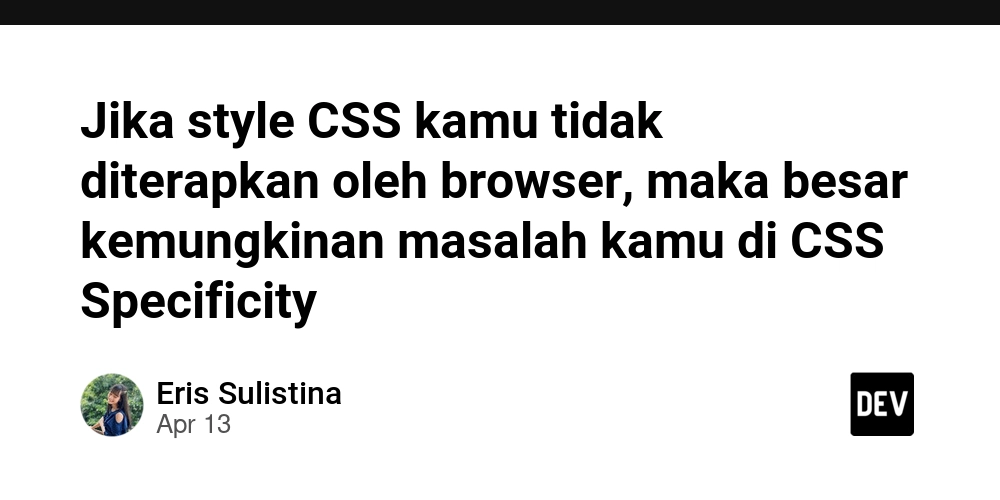How I found a Smarter Way to Automate my Workflows with Webhooks
A few months ago, I built a small internal dashboard that needed to stay in sync with Stripe transactions. My first instinct? Set up a cron job to ping Stripe's API every few minutes. It worked—until it didn’t. The lag, the unnecessary API calls, and the overhead of managing those scripts started piling up. That’s when I revisited something I had underestimated before: webhooks. I replaced my polling logic with a single webhook. The moment a payment happened, Stripe sent the data straight to my server. No waiting. No wasted calls. Just instant updates and a clean pipeline. Since then, I’ve started building webhook-first. Whether it’s Slack alerts, email triggers, or database updates—webhooks make automation feel instant and effortless. If you're still polling APIs, it's time to level up. Let your apps talk to you, not the other way around.

A few months ago, I built a small internal dashboard that needed to stay in sync with Stripe transactions. My first instinct? Set up a cron job to ping Stripe's API every few minutes.
It worked—until it didn’t.
The lag, the unnecessary API calls, and the overhead of managing those scripts started piling up. That’s when I revisited something I had underestimated before: webhooks.
I replaced my polling logic with a single webhook. The moment a payment happened, Stripe sent the data straight to my server. No waiting. No wasted calls. Just instant updates and a clean pipeline.
Since then, I’ve started building webhook-first. Whether it’s Slack alerts, email triggers, or database updates—webhooks make automation feel instant and effortless.
If you're still polling APIs, it's time to level up. Let your apps talk to you, not the other way around.



































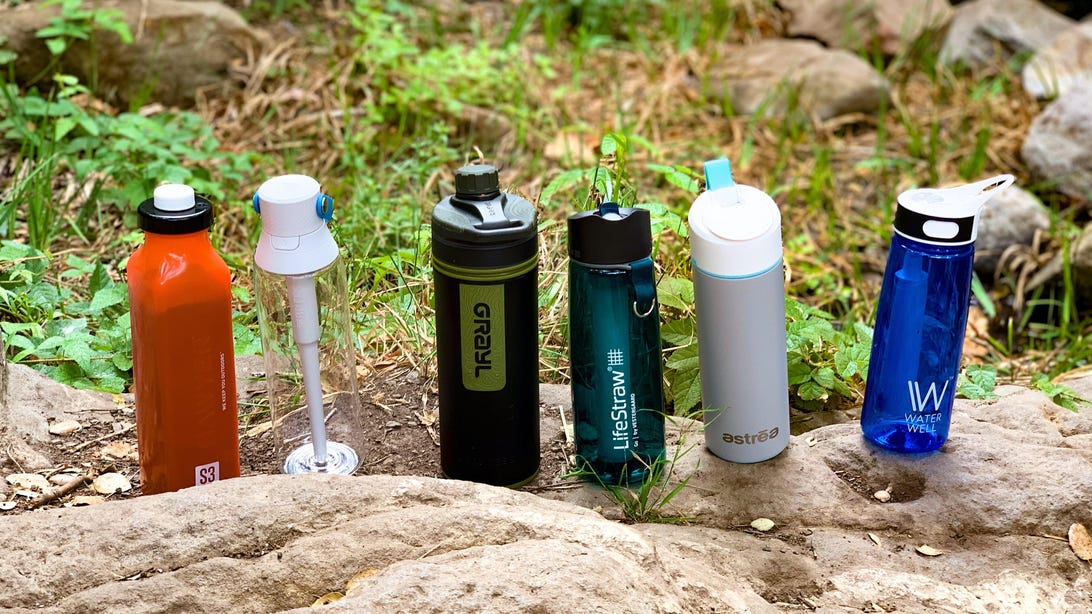








































































































































![[The AI Show Episode 143]: ChatGPT Revenue Surge, New AGI Timelines, Amazon’s AI Agent, Claude for Education, Model Context Protocol & LLMs Pass the Turing Test](https://www.marketingaiinstitute.com/hubfs/ep%20143%20cover.png)














































































































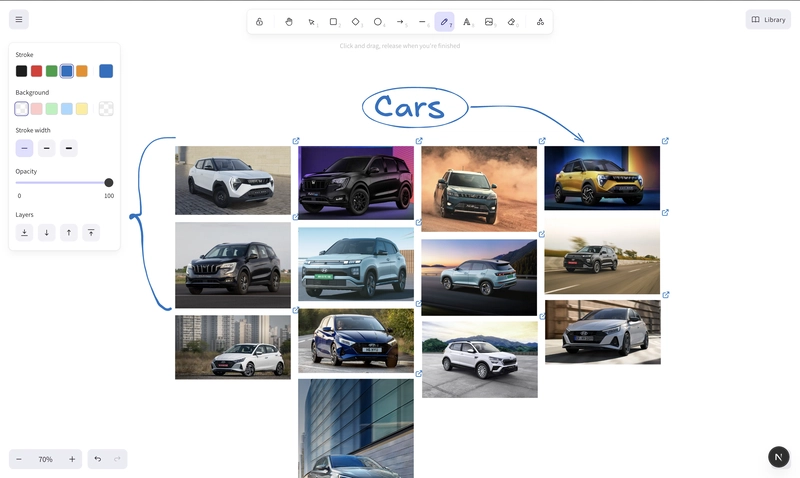
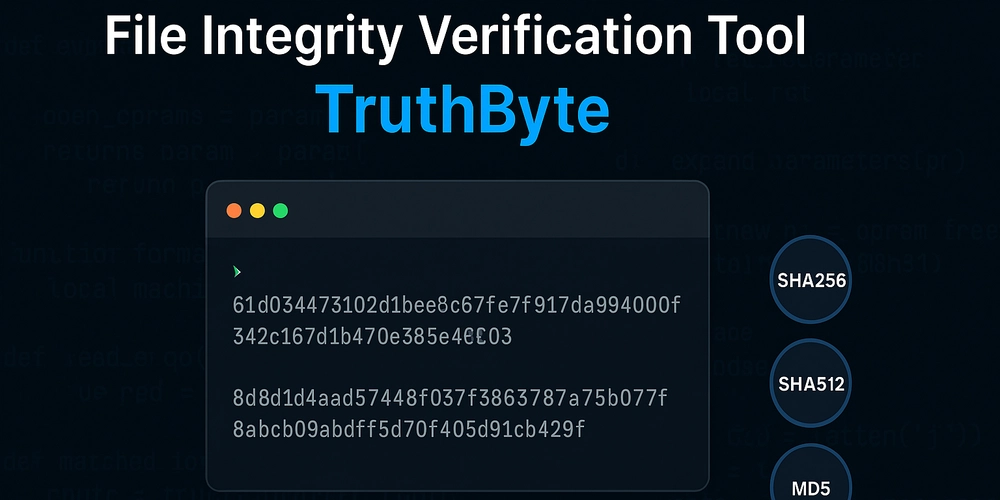
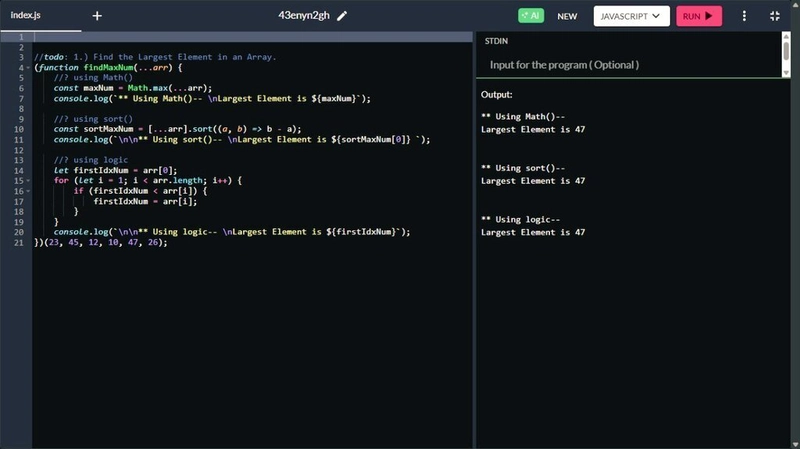
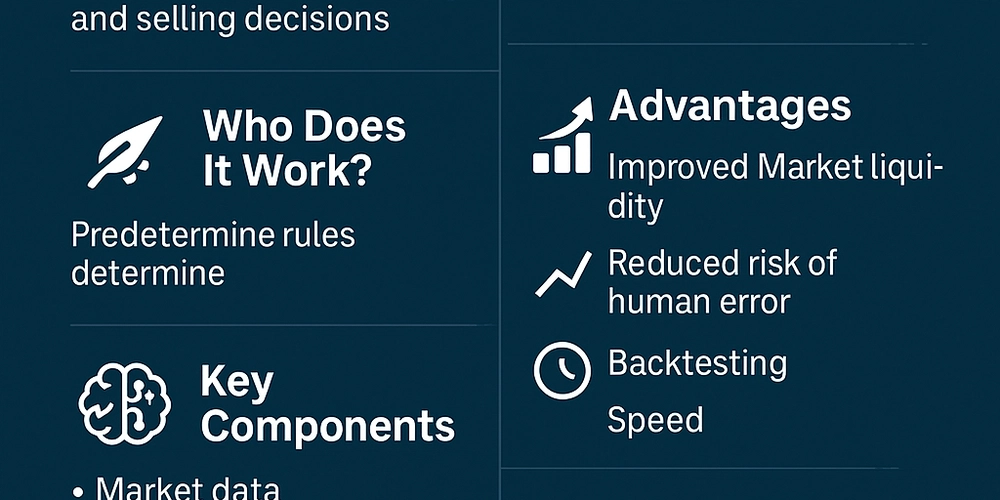








![[DEALS] Microsoft Visual Studio Professional 2022 + The Premium Learn to Code Certification Bundle (97% off) & Other Deals Up To 98% Off](https://www.javacodegeeks.com/wp-content/uploads/2012/12/jcg-logo.jpg)



![From Accountant to Data Engineer with Alyson La [Podcast #168]](https://cdn.hashnode.com/res/hashnode/image/upload/v1744420903260/fae4b593-d653-41eb-b70b-031591aa2f35.png?#)





































































































.png?#)




















































































































































![Apple TV+ Summer Preview 2025 [Video]](https://www.iclarified.com/images/news/96999/96999/96999-640.jpg)
![Apple Watch SE 2 On Sale for Just $169.97 [Deal]](https://www.iclarified.com/images/news/96996/96996/96996-640.jpg)

![Apple Posts Full First Episode of 'Your Friends & Neighbors' on YouTube [Video]](https://www.iclarified.com/images/news/96990/96990/96990-640.jpg)





























































































































